CANADIAN CUISINE
By Ian Robert Knight
It can be a little challenging to come up with a definition of Canadian Cuisine. Canada is one of the most multicultural countries in the world. So there really isn’t a national style of food that is identifiable. And because Canada is so large, there are many regional food styles.
I remember reading a few years back that Canadian Cuisine is just “American food with more maple and berries”. Canadian Cuisine is a wonderful mix of First Nations, French, British and Scottish foods. As the country grew and brought in more immigrants, they brought their cuisines with them. They naturally adapted them with ingredients that were available locally. And thus a cuisine emerged.
There are some wonderful Canadian dishes that you should try when you visit this vast country. Some of these listed below may seem like a stereotype, but they truly are enjoyed everywhere in Canada. Read on, and get hungry.
Poutine
Many people would contend that this is Canada’s National Dish. Although that’s not official, it certainly does enjoy great popularity across the country. Originating in 1950’s Quebec, it’s risen from a humble local food to one that can be found everywhere. You’ll find it in Canadian McDonalds, all the way up to some of the best restaurants in the country.
This simple dish is made with french fries, cheese curds and gravy. There are countless variations of the dish everywhere, and you’ll find ‘poutineries’ all over the country. My personal favourite versions usually include bacon and onions as toppings (yes, you can have toppings!). I’ve also enjoyed some pricey lobster poutine that was pretty spectacular.
Bison
Alberta beef is second to none, when it comes to quality (go ahead: debate me). But in Canada, bison meat (and other game meats) is very popular across the country. Bison is leaner, and has less fat and less calories than beef. A bison burger is much healthier than a beef burger or even a turkey burger.
Bison is native to Canada, unlike beef which was imported from the Old World. It’s heartier, generally roams free its whole life, and doesn’t require shelter, even in winter months. It’s more ecologically friendly to raise, better for the environment, and quite tasty. Bison tenderloin should be on a plate in your future.
Butter Tarts
Ask anyone outside of Canada what this is, and you’ll generally just get a shrug. Ask anyone in Canada, and you’ll get a wide-eyed smile, and an “mmm-mm butter tarts” response.
This Canadian confection is a small 3-bite tart made with a flaky pastry shell. It is filled with a mix of butter, syrup, sugar and egg. Variations include versions mixed with chopped pecans, or with raisins, or topped with a layer of chocolate. All variations are delicious, and very Canadian.
Nanaimo Bars
While we’re on the subject of confections, the Nanaimo Bar ranks up there as a unique treat originally from Canada. Nanaimo (say it as: nuh-nye-mo) is a small town on Vancouver Island, off the coast of British Columbia. This is a very easy to make, no-bake treat made in three layers. It starts with a wafer crust base, then a custard-flavoured butter icing middle, and a chocolate layer on top. Chilled in the freezer after preparation, and then cut into squares. Yum.
Maple Syrup
I can’t think of anything more Canadian than syrup that comes from a maple tree. The leaf from this tree has become the very symbol of Canada. The province of Quebec produces about 80% of the world’s maple syrup. And it ships much of it to duty free shops in every airport in the country! Maple syrup, with all it’s sweet sugary taste, is also quite healthy. It is full of anti-oxidants that boosts the immune system. So drink it up, or whatever.
Peameal Bacon
Bacon. Just the word makes some people salivate. But call it Canadian bacon, and it just draws confused looks from Canadians. In the USA, the term Canadian bacon is what we in Canada call ‘back bacon’, or ‘peameal bacon’. Peameal bacon is made from lean boneless pork loin, usually rolled in cornmeal (it used to be peas). It’s cured but not smoked, and sliced thinly. Still good.
California Roll
Yeah, I know this doesn’t sound Canadian, but it really is. This ubiquitous maki sushi roll was invented by a famous Japanese-Canadian chef in Vancouver, Hidekazu Tojo. Made with rice, cucumber, crab and avocado, it’s prepared ‘inside out’ and rolled in salmon roe. The theory about the name involves the use of avocados. Plus it was very popular with guests from California in Tojo’s restaurant.
Caesar Cocktail
This cocktail is a Canadian classic. The concoction, similar to a Bloody Mary, is made with ‘Clamato Juice’. As the name suggests, it is a blend of clams and tomatoes, made into a juice. It tastes a lot better than it sounds, trust me. The drink is made with vodka, clamato, Worcestershire sauce, and Tabasco sauce. It’s poured over ice in a salt-rimmed glass, and garnished with a celery stalk. You will find all types of variations on garnishes, including my favourite: bacon.
It’s spicier than a Bloody Mary, and was invented by a restaurant manager in an Italian restaurant in Calgary. He wanted to make something that evoked the flavours of spaghetti alle vongole, which included clams and tomatoes. Now it’s a staple at every brunch restaurant in the country.
You can try all of these wonderfully Canadian dishes when you visit Banff and Lake Louise. We visit Banff National Park every summer, and take in the incredible scenery at its peak. Check out more about Banff National Park before you visit, by reading “Photographing Banff & Lake Louise“. If you have visited Canada recently, what are your favourite Canadian foods? Let us know in the comments below.
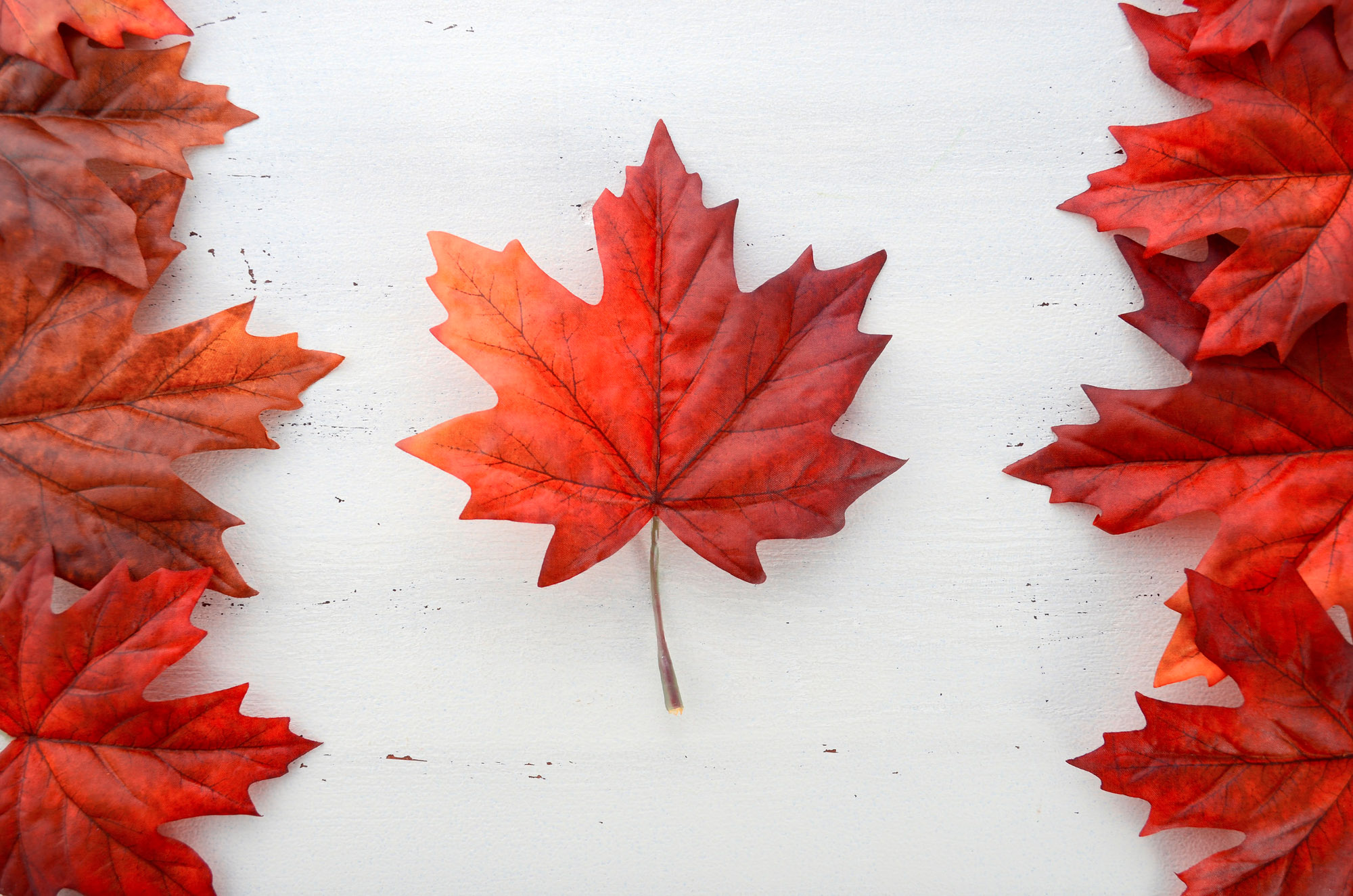
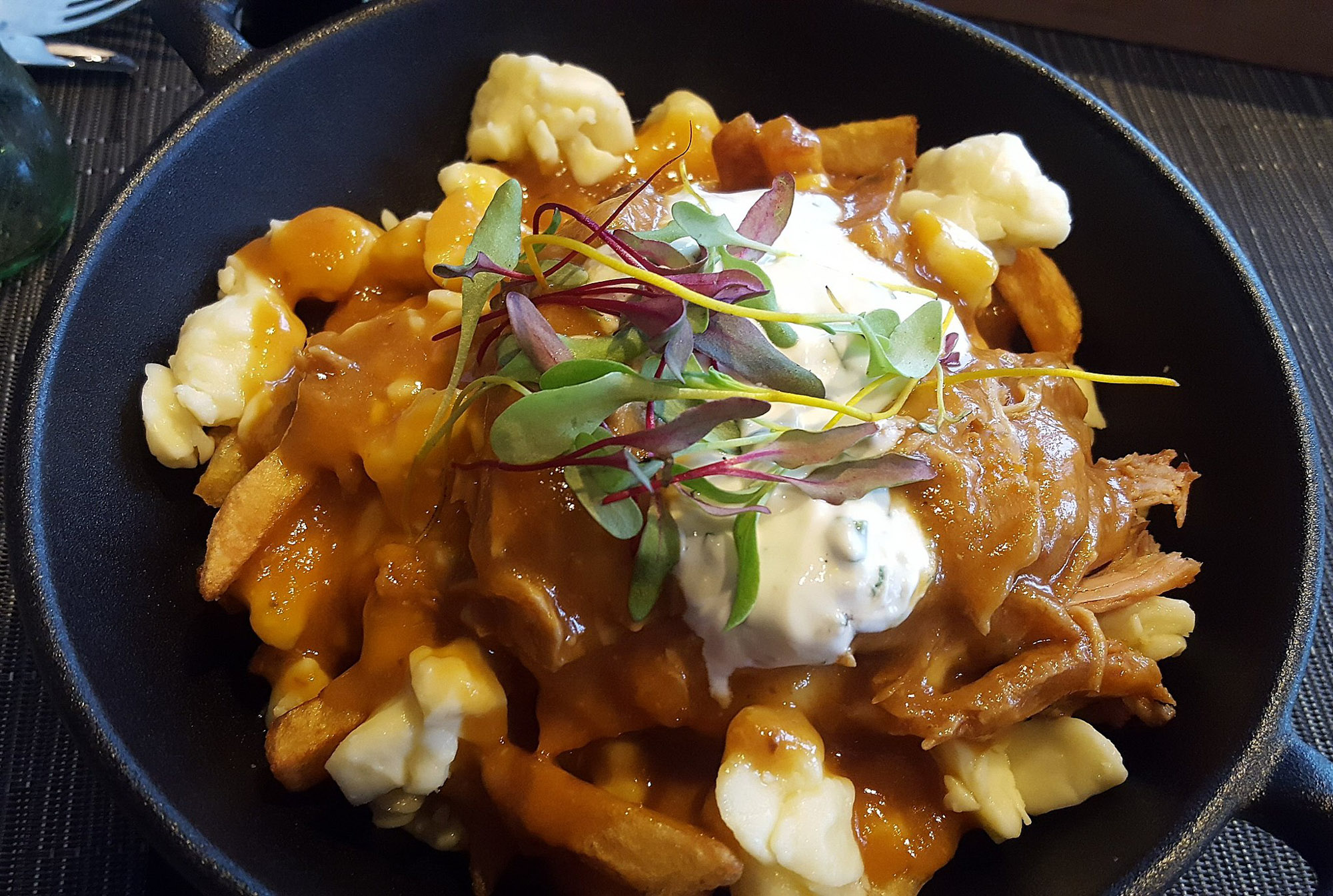

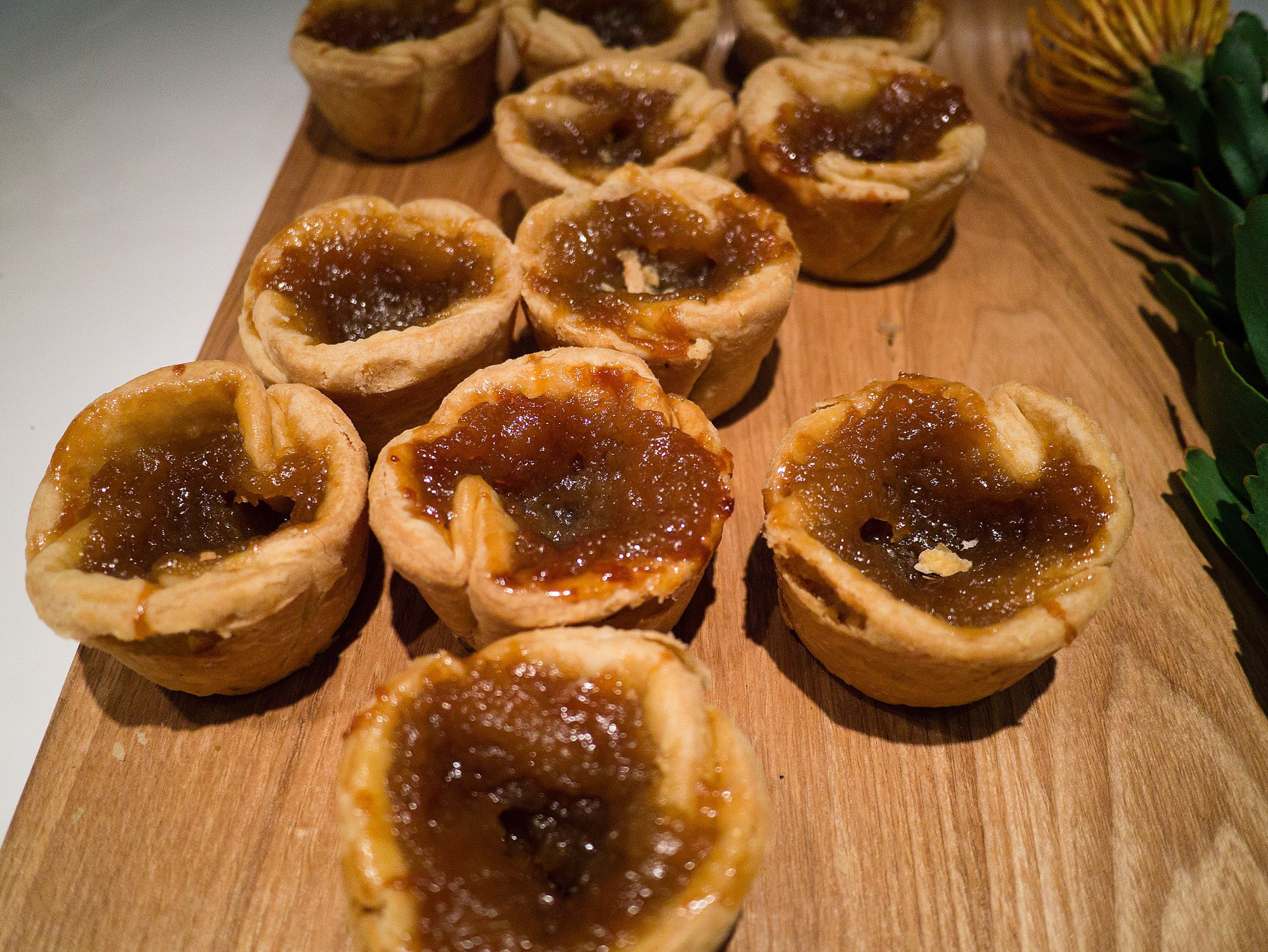
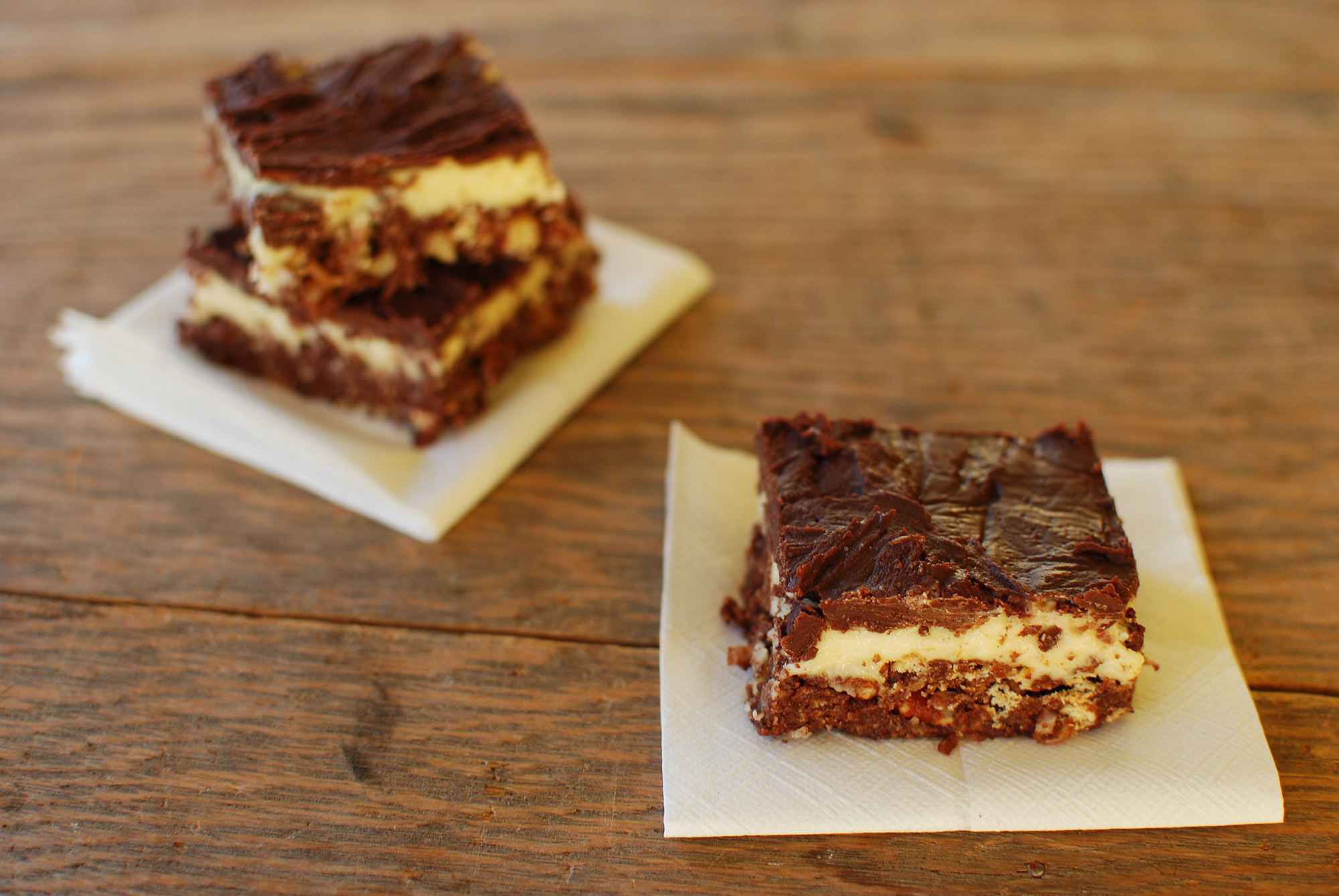
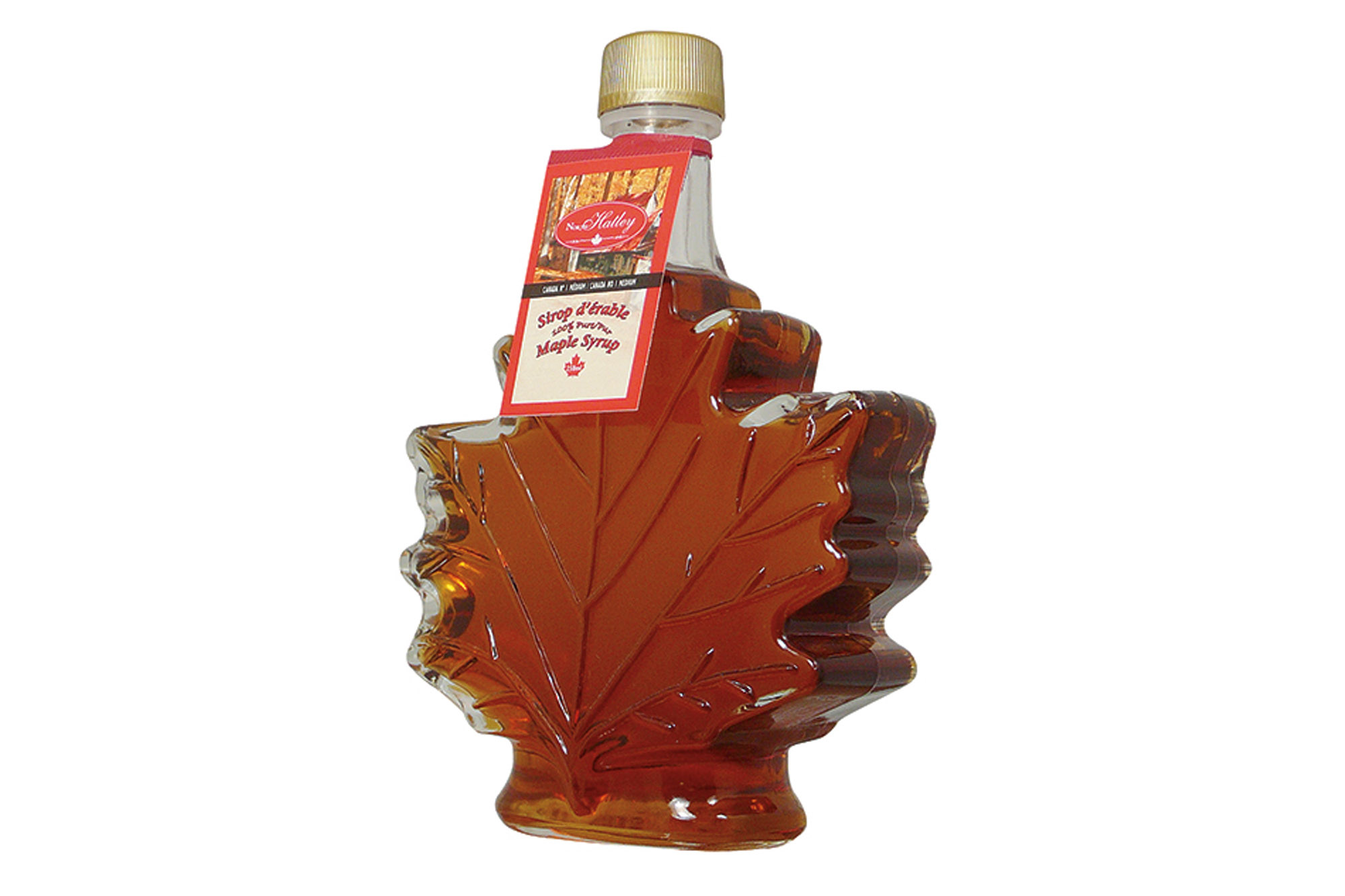
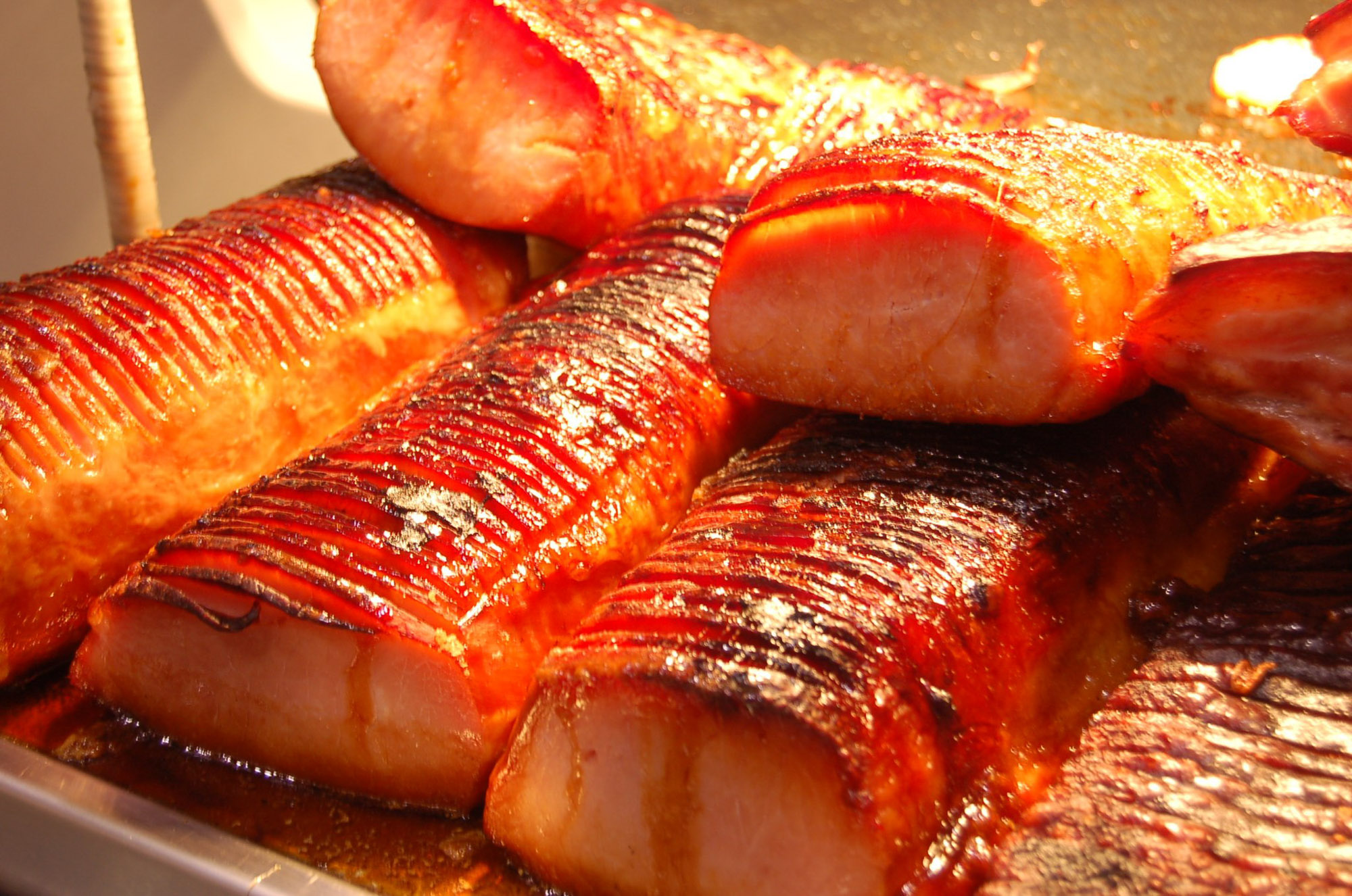

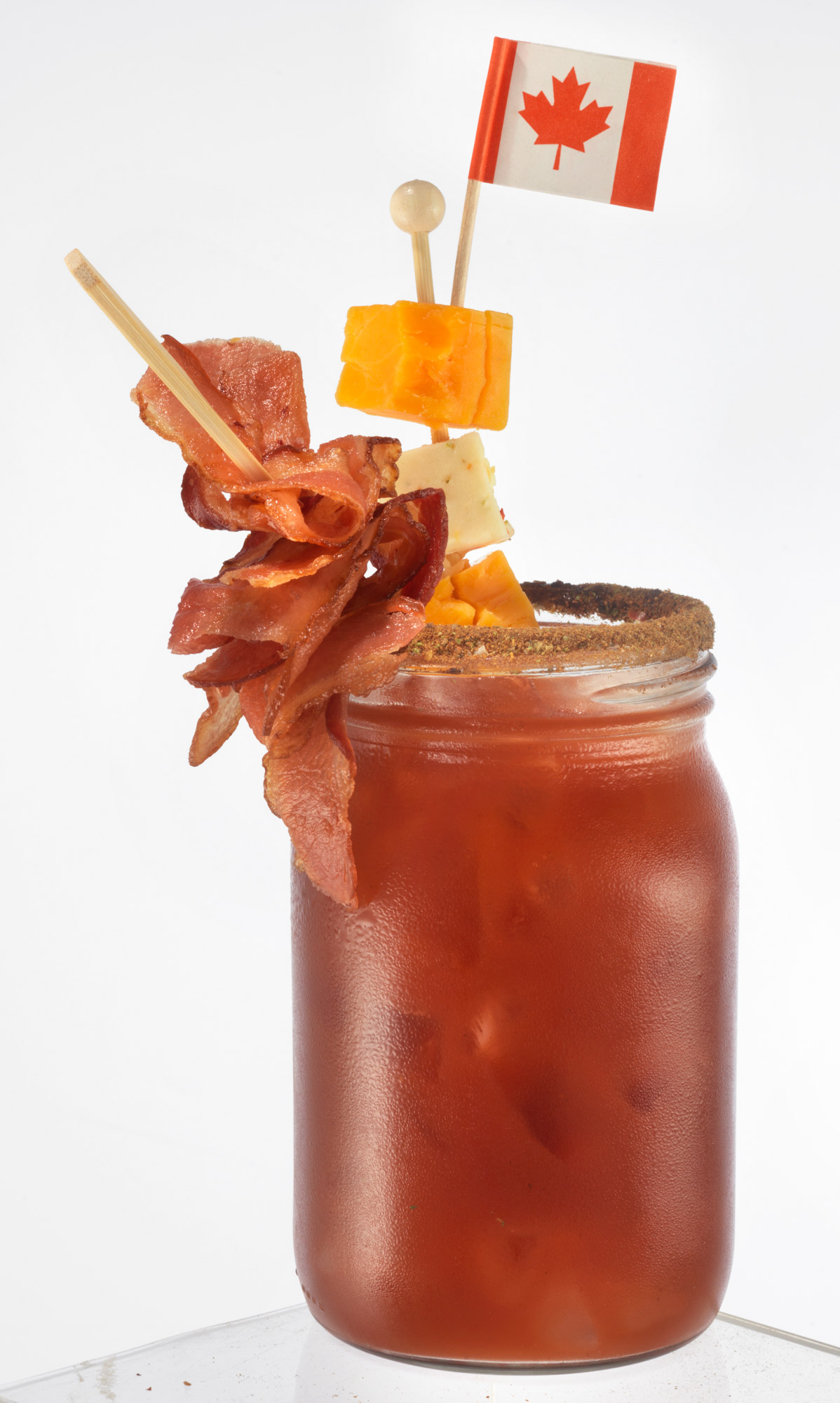








I really love butter tarts, thanks for the mouthwatering article!
Never thought there would be Canadian cuisine (gosh, I can be pretty ignorant!) and never thought Californian roll would be one of it. Thanks for widening my world.